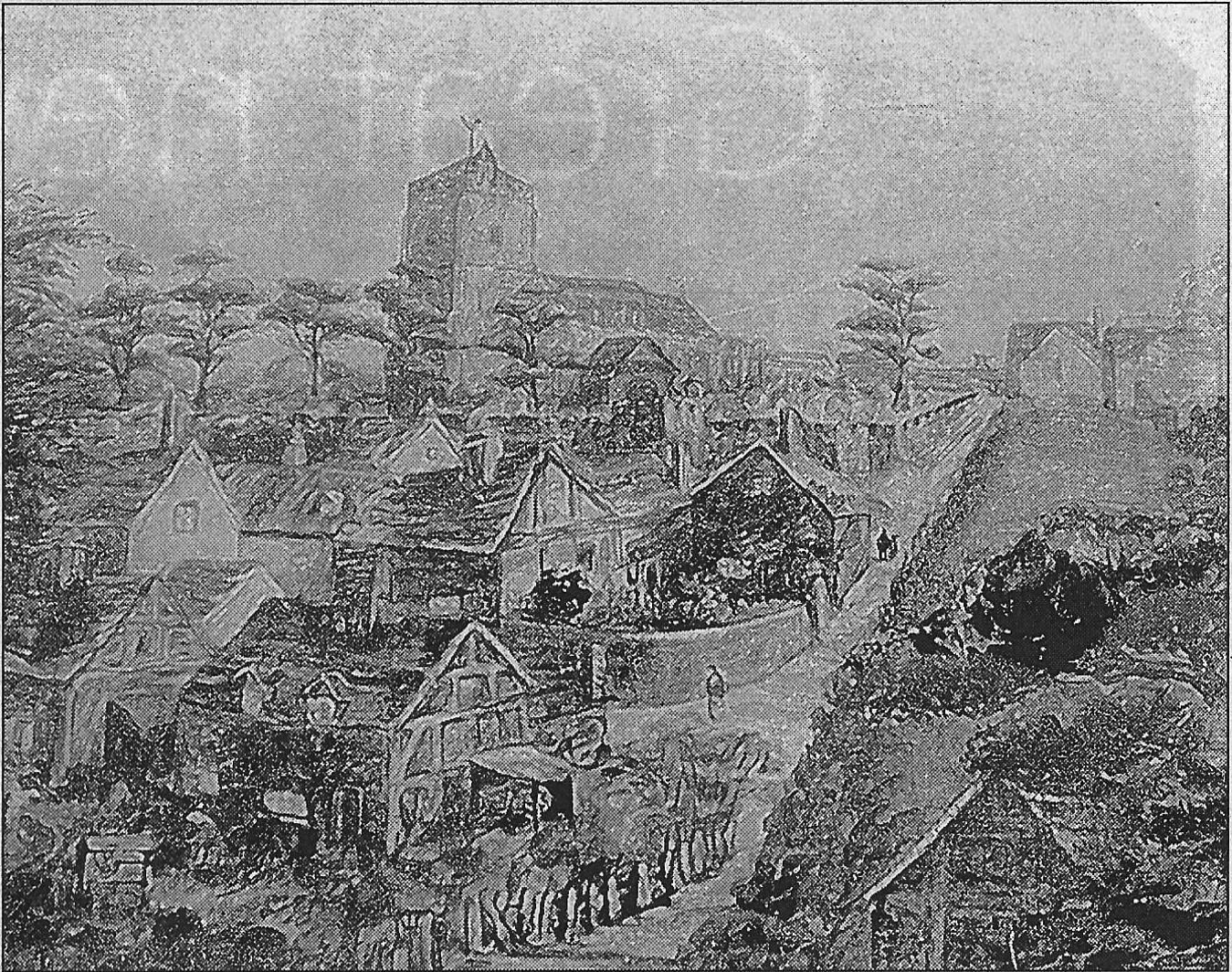Copy of Newspaper Report regarding the conservation and presentation to Sutton Coldfield Library of the Enclosure Award and its display case by Sutton Coldfield Local History Research Group in 2005
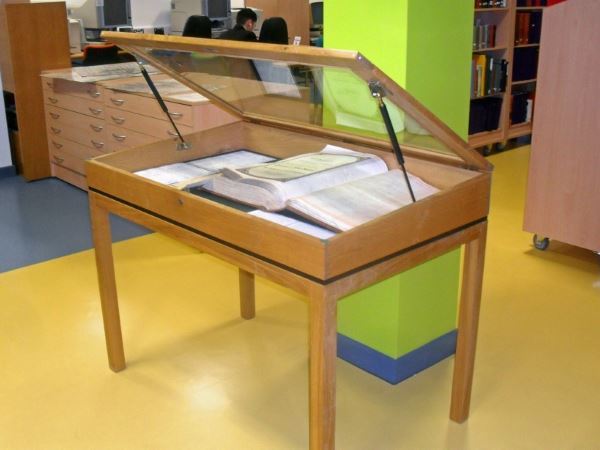
Display Case showing the Enclosure Award
The Enclosure Award for Sutton Coldfield must be the largest and heaviest book in Sutton Library. It contains details of the enclosure of the commons of Sutton, with schedules of all the pieces of land allotted, dated 1851, and includes the Corn Rent schedule of 1824/5, giving an account of every individual property in Sutton. This is probably the single most important document in the local history section at the library, and for many years it was unavailable to the public because of its damaged condition.
In April 2004, the Sutton Coldfield Local History Research Group decided to make copies of the Award so that it could be used for research without handling the original; to restore the heavy leather binding with its brass clasps, and repair the damaged pages; and to provide a display case so that this and other notable items from the collection could be featured as they deserve. That was completed at a cost of £2,000, which was met from a generous grant made by the Sutton Coldfield Municipal Charities.
On Wednesday, 16th February, 2005 this was presented to the Library and on 18th February 2005 the Sutton Coldfield Observer newspaper produced the following report.
Janet Jordan
Sutton Coldfield Local History Research Group
October, 2020
Taking a peek into town's past
A slice of Sutton's history was unveiled at Sutton library this week after months of restoration. LAURA VICKERS takes a peek at the past and discovers what 19th century life was like for Suttonians.
Sutton was presented with its very own big, red book this week.
Except it wasn't red, it was brown, and there was absolutely no sign of Michael Aspel.
But there were guests, and speeches and the opportunity to sit back and be entertained by the town's past — a kind of scenic version of This is Your Life.
The Enclosure Award is Sutton's single most important historic document.
It accounts for every square inch of the town in 1824 — detailing exactly how much land was owned by each of the 252 proprietors.

Peek at the past: Local historian Roger Lea takes a look at the enclosure award, described as arguably Sutton's single most important historic document
After much effort the document has been painstakingly restored and copies of all the pages made in order for local people to take a peek at the past.
"We put it on display so people can appreciate the marvellous collection of historic documents available at the library,"
explained Roger Lea, chairman of the local history research group.
The process of enclosure which saw Sutton being divided up between landowners according to the value of their property — took a mammoth 27 years.
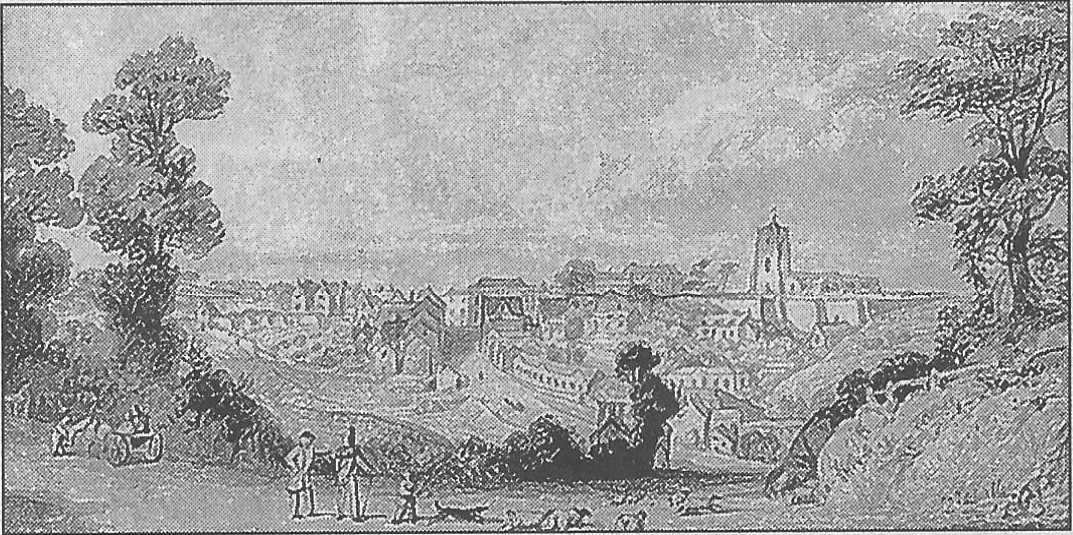
Over three thousand acres of common land, owned by no-one and forming a horse shoe shape around the cultivated land, had to be divided up between those who had rights to use it. The village of Four Oaks was roughly defined as the area covering the corner of Belwell Lane and Four Oaks Road.
Fourteen dwellings — including the lodge to Four Oaks Hall and several labourers cottages — were clustered around the green. Soloman Smith was one of those labourers.
A builder by trade, he maximised his plot by creating a timber yard and sheds.
Yet the enclosure award notes that the proprietor of his home was actually a local woman named Sarah Hipwood.
What she would have made of Soloman taking advantage of the village green for his saw pits is anyone's guess — but he paid an annual fine for his cheek.
Over in Mere Green the folks were already developing a taste for the arts and an eye for business.
The occupants of the dozen or so houses clustered around the triangular green were more into trade and crafts than they were into getting their hands dirty in the fields.
In Little Sutton it was different story.
'The document has been painstakingly restored and copies of all the pages made in order for local people to take a peek at the past.'
The villagers lived off the land and rounded off an honest day's work with a well-earned drink in the Fox and Dogs Inn.
So the story of young George White and the accidental shooting would have been a unfortunate blip on the otherwise uneventful history of the village.
Only the oldest members of the community would remember the day the children wént out to play on Little Sutton Green.
Why George decided to take a trip to the local blacksmiths and what exactly went on there is the stuff of legend, but the shooting that occurred is in no doubt.
An inquest into George's death was held in 1751 — but in 1824 the tale was probably still being told to wide-eyed tots sitting by firesides.
Up the road in the Hamlet of Roughley life was never dull.
The little cottage known as Muffins Den, situated next door to the Plough and Harrow public house, was not a place for the faint-hearted.
Although the enclosure award shows that this 'meeting room' was owned by the Baptists General Society it was widely known as the favourite haunt of highwaymen passing through the town.
In 1824 the area we now know as Boldmere was simply called The Coldfield.
Its neighbours were the Manor of Perry Barr and the Hamlet of Erdington and its common land occupied a large chunk of the town.
By comparison Maney, previously a medieval village with open fields, had been massively chipped away and by the time of enclosure in 1824 all that remained was wide road verges.
Over in Wylde Green the wealthy wouldn't had to of looked hard to find a des-res.
The enclosure award records the existence of several 'substantial' farm houses and a row of seven cottages — no doubt there was a scramble for viewings when one of those came on the market...
For readers tiring of this tour through history, we can now offer an interactive challenge.
Go down to the Cock at Wishaw, take a seat inside the pub and try to decide at which
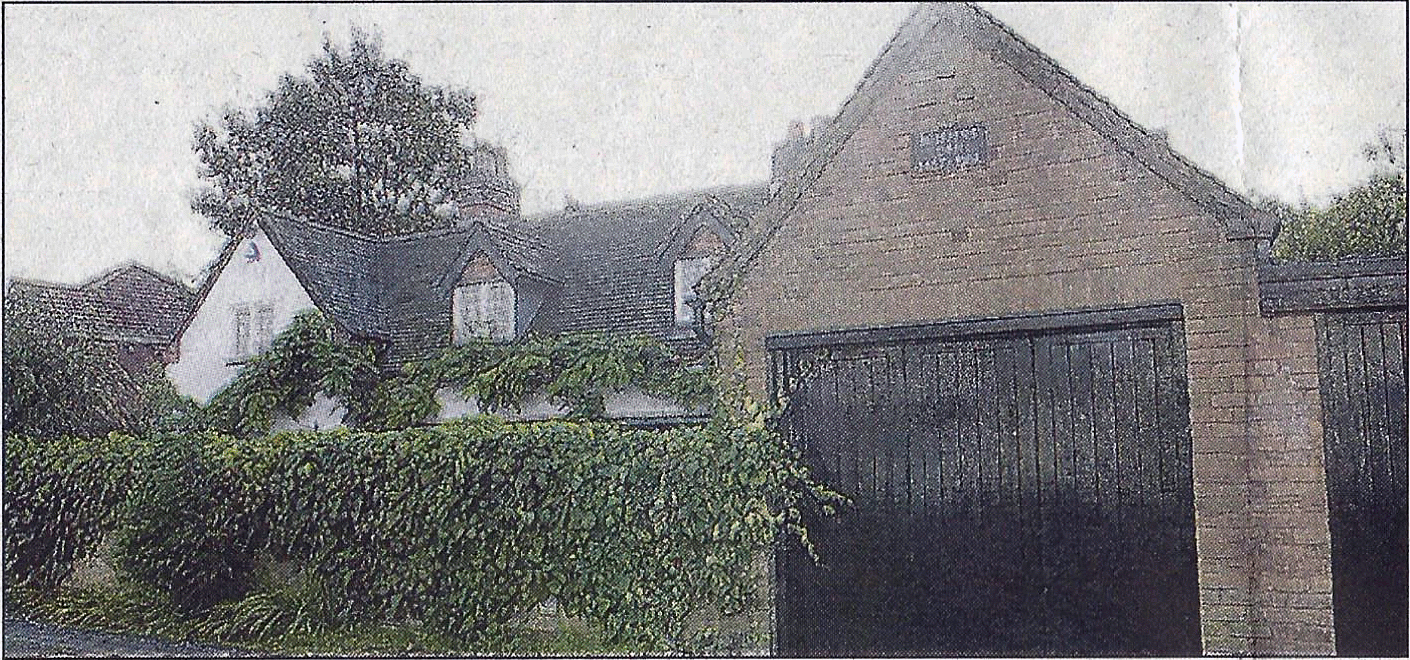
point Wishaw turns into Sutton Coldfield.
Alternatively, I could save you the hassle and tell you now: the boundary, according to the enclosure award, runs diagonally through the kitchen.
After the time-consuming task of accounting for each and every inch of Sutton in 1824, and transferring the findings onto a parchment map, the town's second enclosure commissioner
(the first one died before the task was completed) got to work with a ruler.
Slicing through the land he drew Jockey Road, Boldmere Road, Walsall Road and more... perfectly straight highways which would allow villagers to pass through private lands.
Which begins to set the stage for the Sutton we know today — minus the highway-men, of course.
Click images below to view the original article ...

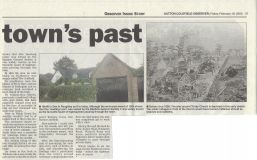
First published in SUTTON COLDFIELD OBSERVER, Friday, February 18, 2005 by Laura Vickers
